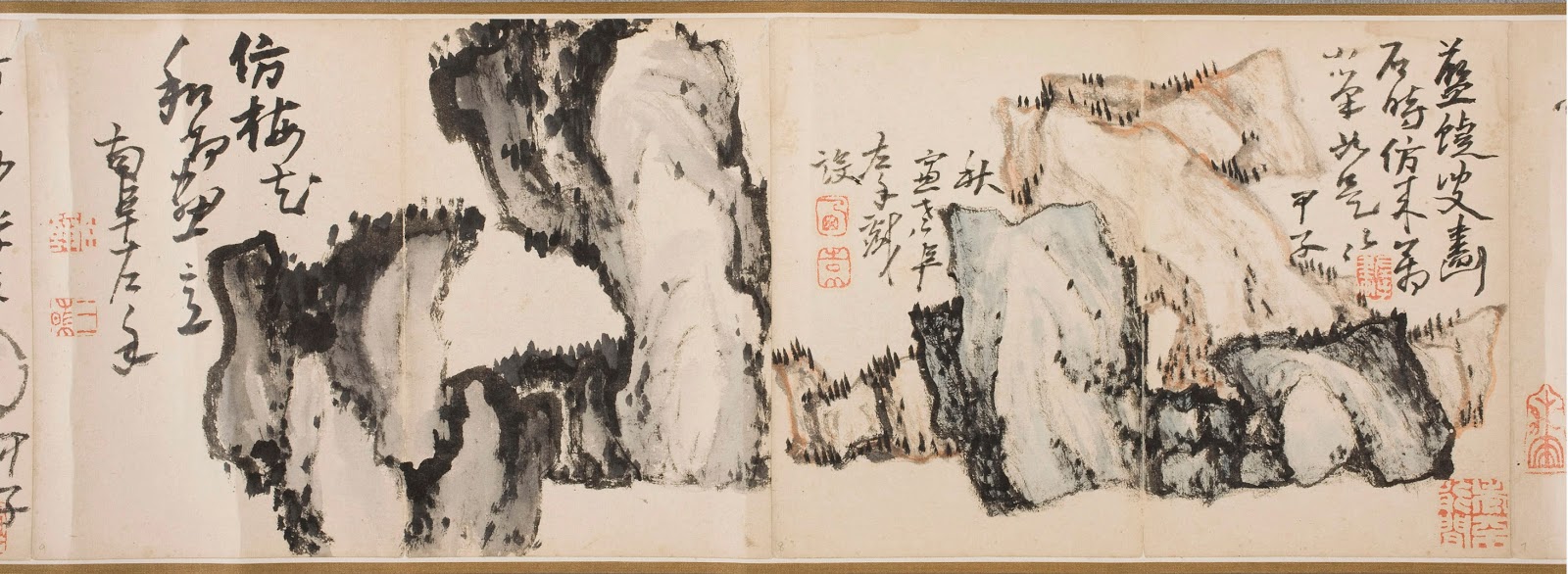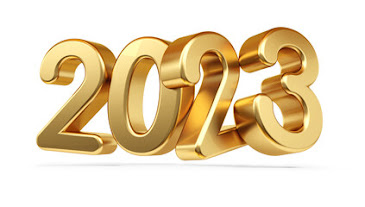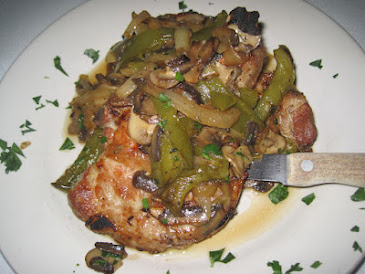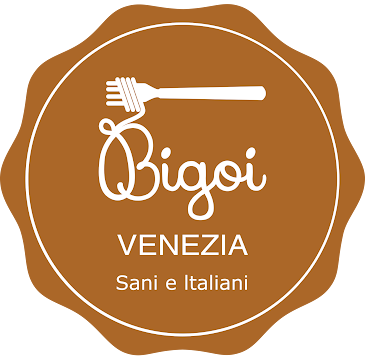Peachy at The Met: Out of Character: Decoding Chinese Calligraphy—Selections from the Collection of Akiko Yamazaki and Jerry Yang April 29–August 17, 2014 Our Coverage Sponsored by Stribling and Associates
For over 30 years, Stribling and Associates has represented high-end residential real estate, specializing in the sale and rental of townhouses, condos, co-ops, and lofts throughout Manhattan and Brooklyn, and around the globe. Stribling has more than 200 professional brokers who use their respected expertise to provide personalized service to buyers and sellers at all price levels. A separate division, Stribling Private Brokerage, discreetly markets properties over $5 million, and commands a significant market share in this rarified sector of residential real estate. Stribling is the exclusive New York City affiliate of Savills, a leading global real estate advisor with over 200 office in 48 countries.
Check out their listings:
& their most recent State of the Market:
Whom You Know Congratulates their new President, Elizabeth Ann Stribling-Kivlan:
Location: Galleries for Chinese Paintings and Calligraphy, Galleries 210-215
If you are interested in history, China, communication and design, Out of Character is for you! Its final days are at The Met right now, so prioritize this exhibit on your calendar: it closes August 17th, 2014. Several galleries spanning through centuries bring the fine art of calligraphy to life, and even if you have no idea what the meanings are, the emotion and styles contained in the handwriting is remarkable. You'll learn about the five script types: Seal, Clerical, Cursive, Semicursive and Standard, and will feel transported to another world in another era!
A loan exhibition devoted entirely to Chinese calligraphy— including masterpieces by some of the most renowned practitioners in Chinese history—will open at The Metropolitan Museum of Art on April 29. Featuring more than 40 works, from towering scrolls designed to fill reception halls to intimate works meant to be enjoyed by lone scholars in their studios, Out of Character: Decoding Chinese Calligraphy—Selections from the Collection of Akiko Yamazaki and Jerry Yang will introduce viewers to the art of the written word that was prized above all other visual art forms in traditional China. The selection of works and their interpretation in the galleries are intended to speak to beginners and specialists alike, using artworks of the highest quality to introduce key concepts of format, script type, and style. One of the highlights of the exhibition is the 16th-century album by Wen Peng (1497-1573) called The 1000-Character Classic; consisting of 85 leaves, it will fill a 25-foot-long wall.
Some of the most notable works on view will be: a standard script transcription of the Buddhist text The Lotus Sutra (Miaofa lianhua jing) by Zhao Mengfu (1254-1322); a scroll of poems written in powerful cursive script by Xiong Tingbi (1569-1625), a Ming general charged with defending the Great Wall; a cluster of works by 17th-century Ming loyalists; and an important group of 19th-century pieces by the masters of the “Epigraphic School,” who based their calligraphy on the archaic scripts found on bronze vessels and monumental stone steles.
Exhibition Credits
The exhibition in New York is organized by Joseph Scheier-Dolberg, Assistant Curator in the Department of Asian Art at The Metropolitan Museum of Art.
Prior to its showing at the Metropolitan Museum, the exhibition was on view at the Asian Art Museum of San Francisco.
Catalogue and Related Programs
The exhibition is accompanied by an illustrated catalogue.
Education programs will include a Friday Focus lecture entitled Reading and Looking: The Pleasures of Chinese Calligraphy on May 9; a How Did They Do That?; Chinese calligraphy programs for all ages on July 12 and 13; exhibition tours; and a Met Escapes—Art-Making Workshop for visitors with dementia and their care partners.
It will be featured on the Museum’s website at www.metmuseum.org.










































































































